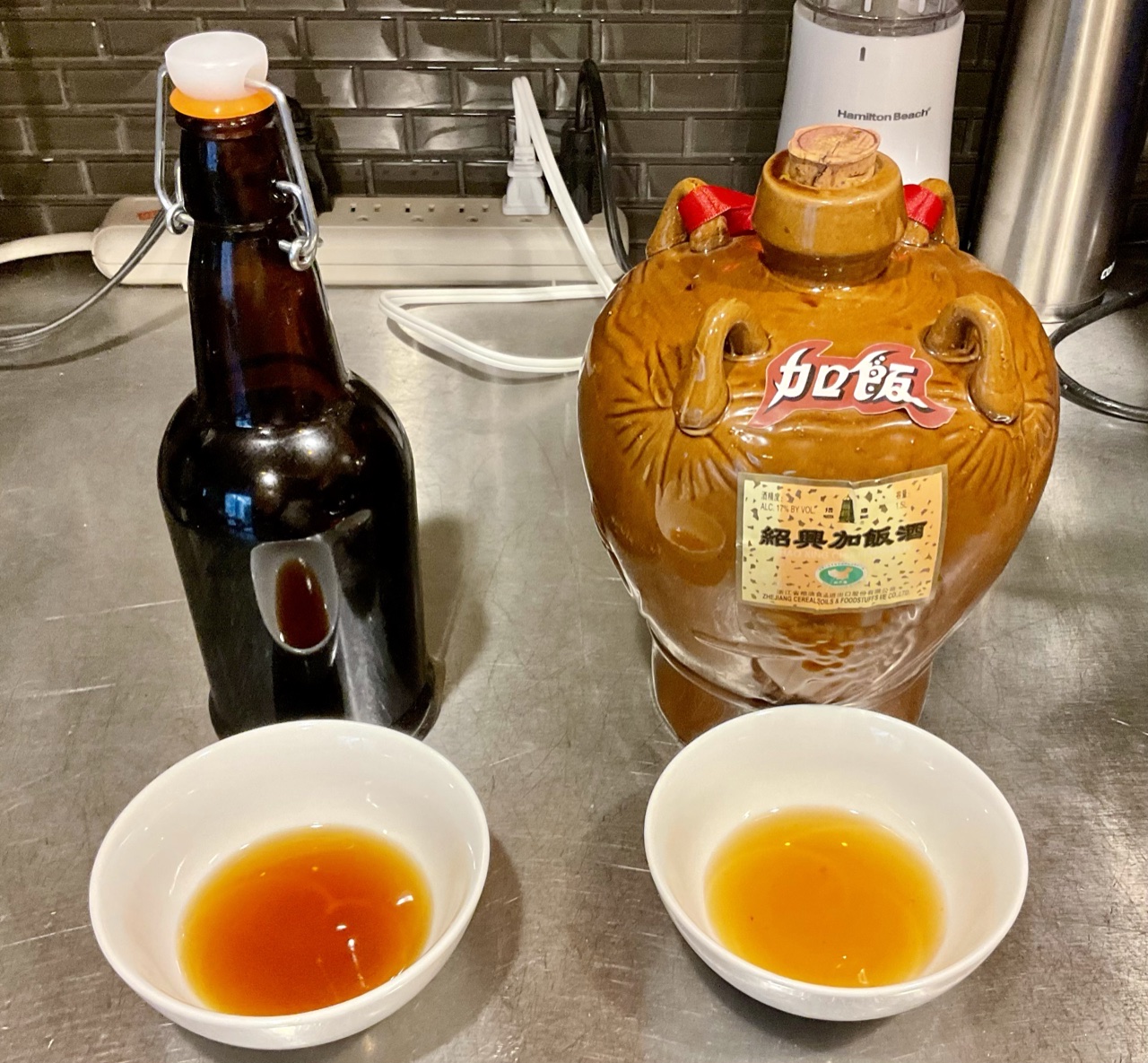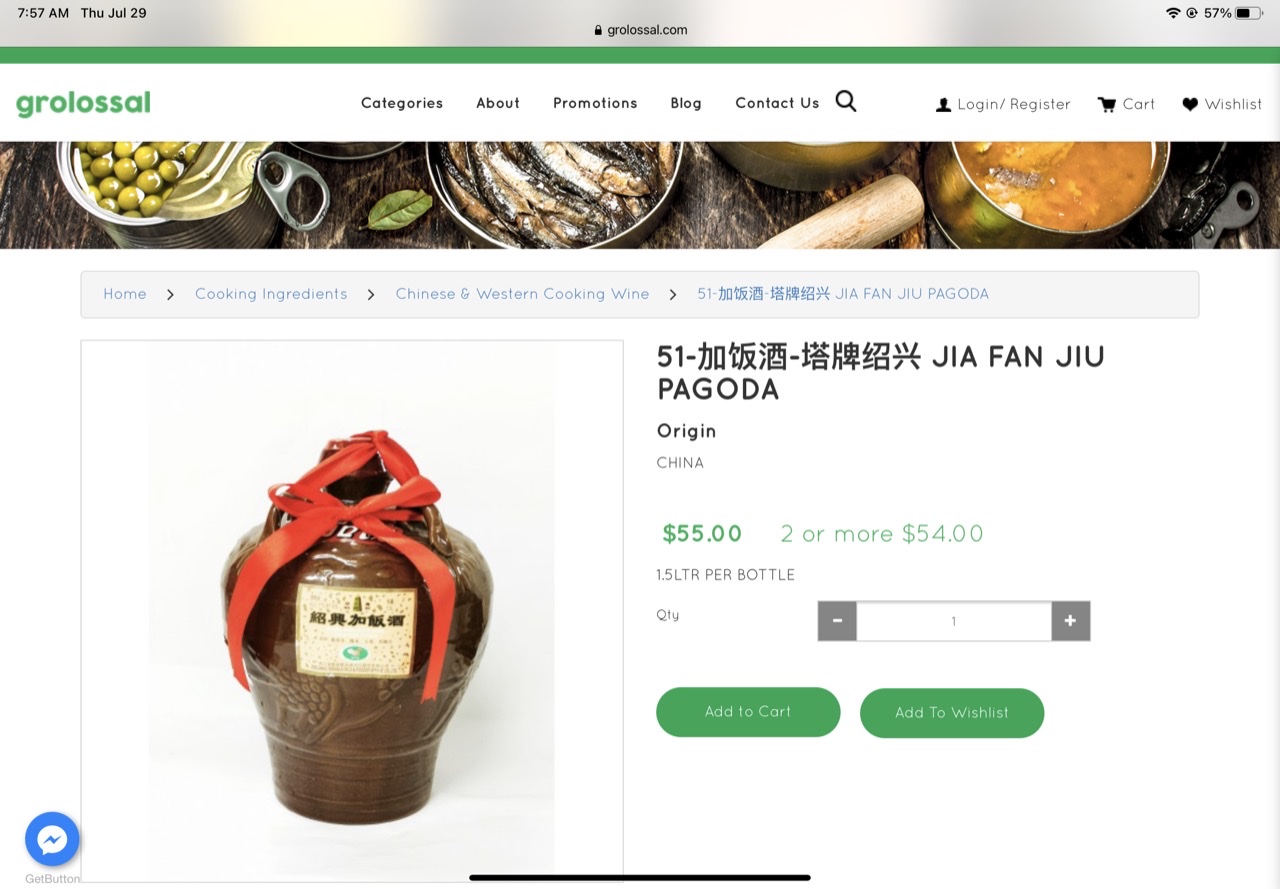Jmccanless
New Member
- Joined
- Nov 14, 2020
- Messages
- 4
- Reaction score
- 6
Hello all!
I’m so happy I found this thread!
After learning just enough to be dangerous I decided to go big or go home.
So...I started with five 5 gallon buckets and 5 pounds of dry rice in each one.
This is my first ever attempt at this kind of thing, so I can understand my wife’s suggestion to start small, but to hell with that! Again, go big!!!
I used a mixture of 1 part sweet glutinous rice from my local Asian market and 4 parts Botan Calrose rice. So 1 pound sweet rice and 4 pounds of calrose rice.
I started all this on a Saturday afternoon and quickly realized what I’d bitten off had no chance of being fully chewed unless I was willing to stay up all night.
I was not willing.
I wrapped it up and let it sit overnight in the fridge and transferred it to the five gallon buckets where I forgot about it for a day so it soaked probably 24 hours.
Oops.
I rinsed the batches a couple times each.
I initially rinsed the first batch 5 times, but as I was getting into the process, I saw what a task that was so I opted for a double rinse. I shoveled it all into one of those veggie washing screens that straddles the side of the sink and rinsed it with the spray hose until it ran clear-ish.
Major time saver!!!
I cooked the 25 lbs of rice in 5lbs batches on my stovetop with the biggest pot I had.
It took 18 CUPS OF WATER to cook and let me tell you, after I was done stirring the last batch, my big metal spoon was seriously bent! Hahaha
I sanitized my kitchen island (with the same gin I sanitized my insides with) and covered it initially with press n seal, but it was a P.I.T.A. so I used foil for the 2nd through 5th batches. Much easier. Cheaper too.
Did I mention there was gin involved?
I spread it out to cool and when it was cool enough to touch without cursing I crushed the yeast balls and spread the powder over the sticky, giant glob of rice.
I washed my hands well and made little indentations in the rice so the crushed yeast powder would get down in all the little crevices.
I folded the rice into itself and plopped it into the bucket, smoothing it with the rice paddle and making a little hole in the middle like they traditionally do with sake.
Speaking of buckets, I bought my buckets and lids from Uline. They also had these cool, amber bottles (1 pint each) with screw-on lids so I got those too. 12 pack of pints was cheap.
I ordered a 4 pack of bubbler air locks with grommets from Amazon where I also got the yeast balls. Convenient if I do say so myself.
My only regret is that I didn’t use my brain and buy a FIVE PACK instead of 4, since I have 5 buckets...oh well.
Quick mafs hard for Josh *grunt, grunt*
Back to the rice...after spending ALL DAMN DAY in the kitchen making rice and letting it cool, getting it into the sterilized buckets with the air locks in the lids, I moved them all out of the kitchen. I wrapped each bucket in a big beach towel and let them sit in the hallway next to the heater vent overnight.
24 hours later I realized it was pretty dang chilly in the house and I wasn’t seeing any kind of bubble activity. After seeing a tip from someone on a different thread I took a couple strings of Christmas lights and made a very festive bench-top warming box to raise the temp inside the buckets.
I used the boxes all the buckets and bottles came in and made a little shantytown kind of chamber for the buckets. I wrapped the buckets with the lights and covered the whole thing up with the beach towels I had initially wrapped them in.
It looked pretty ghetto but it worked like gangbusters. After another 48 hours I gave the buckets a little slosh around and the following day I just sterilized a big spoon and popped the buckets open, not sure what I’d find.
It. Was. Awesome.
It had that nail polish/acetone right off the bat but this beautiful, floral nose afterwards. I stirred the rice and I even heard a little fizzle in one of the buckets. There was quite a bit of liquid already and that made me excited.(Liquid is good, right?)
I’m now 9 days in and while I’ve still got a ways to go before it’s ready, I was too excited not to share.
As the project proceeds I’ll post updates.
I’m honestly just gonna give it a swirl every other day or so until I hit the 30 day mark.
Once I shock it in the fridge I’ll filter and bottle.
This has been an awesome experiment and I’m so excited to see how it tastes when I’m done.
I tried taking pictures of each step along the way so you guys can see the insanity I willingly undertook.
It only lets me attach 10 pictures initially, but you guys get the gist of it...buckets of rice wine. It looks like you’d expect it to.
Thanks for reading and thanks for all the tips, information and inspiration you guys have provided.

I’m so happy I found this thread!
After learning just enough to be dangerous I decided to go big or go home.
So...I started with five 5 gallon buckets and 5 pounds of dry rice in each one.
This is my first ever attempt at this kind of thing, so I can understand my wife’s suggestion to start small, but to hell with that! Again, go big!!!
I used a mixture of 1 part sweet glutinous rice from my local Asian market and 4 parts Botan Calrose rice. So 1 pound sweet rice and 4 pounds of calrose rice.
I started all this on a Saturday afternoon and quickly realized what I’d bitten off had no chance of being fully chewed unless I was willing to stay up all night.
I was not willing.
I wrapped it up and let it sit overnight in the fridge and transferred it to the five gallon buckets where I forgot about it for a day so it soaked probably 24 hours.
Oops.
I rinsed the batches a couple times each.
I initially rinsed the first batch 5 times, but as I was getting into the process, I saw what a task that was so I opted for a double rinse. I shoveled it all into one of those veggie washing screens that straddles the side of the sink and rinsed it with the spray hose until it ran clear-ish.
Major time saver!!!
I cooked the 25 lbs of rice in 5lbs batches on my stovetop with the biggest pot I had.
It took 18 CUPS OF WATER to cook and let me tell you, after I was done stirring the last batch, my big metal spoon was seriously bent! Hahaha
I sanitized my kitchen island (with the same gin I sanitized my insides with) and covered it initially with press n seal, but it was a P.I.T.A. so I used foil for the 2nd through 5th batches. Much easier. Cheaper too.
Did I mention there was gin involved?
I spread it out to cool and when it was cool enough to touch without cursing I crushed the yeast balls and spread the powder over the sticky, giant glob of rice.
I washed my hands well and made little indentations in the rice so the crushed yeast powder would get down in all the little crevices.
I folded the rice into itself and plopped it into the bucket, smoothing it with the rice paddle and making a little hole in the middle like they traditionally do with sake.
Speaking of buckets, I bought my buckets and lids from Uline. They also had these cool, amber bottles (1 pint each) with screw-on lids so I got those too. 12 pack of pints was cheap.
I ordered a 4 pack of bubbler air locks with grommets from Amazon where I also got the yeast balls. Convenient if I do say so myself.
My only regret is that I didn’t use my brain and buy a FIVE PACK instead of 4, since I have 5 buckets...oh well.
Quick mafs hard for Josh *grunt, grunt*
Back to the rice...after spending ALL DAMN DAY in the kitchen making rice and letting it cool, getting it into the sterilized buckets with the air locks in the lids, I moved them all out of the kitchen. I wrapped each bucket in a big beach towel and let them sit in the hallway next to the heater vent overnight.
24 hours later I realized it was pretty dang chilly in the house and I wasn’t seeing any kind of bubble activity. After seeing a tip from someone on a different thread I took a couple strings of Christmas lights and made a very festive bench-top warming box to raise the temp inside the buckets.
I used the boxes all the buckets and bottles came in and made a little shantytown kind of chamber for the buckets. I wrapped the buckets with the lights and covered the whole thing up with the beach towels I had initially wrapped them in.
It looked pretty ghetto but it worked like gangbusters. After another 48 hours I gave the buckets a little slosh around and the following day I just sterilized a big spoon and popped the buckets open, not sure what I’d find.
It. Was. Awesome.
It had that nail polish/acetone right off the bat but this beautiful, floral nose afterwards. I stirred the rice and I even heard a little fizzle in one of the buckets. There was quite a bit of liquid already and that made me excited.(Liquid is good, right?)
I’m now 9 days in and while I’ve still got a ways to go before it’s ready, I was too excited not to share.
As the project proceeds I’ll post updates.
I’m honestly just gonna give it a swirl every other day or so until I hit the 30 day mark.
Once I shock it in the fridge I’ll filter and bottle.
This has been an awesome experiment and I’m so excited to see how it tastes when I’m done.
I tried taking pictures of each step along the way so you guys can see the insanity I willingly undertook.
It only lets me attach 10 pictures initially, but you guys get the gist of it...buckets of rice wine. It looks like you’d expect it to.
Thanks for reading and thanks for all the tips, information and inspiration you guys have provided.
Attachments
-
 A2773F1A-74D3-4D1E-B401-CCED2471894F.jpeg138.3 KB
A2773F1A-74D3-4D1E-B401-CCED2471894F.jpeg138.3 KB -
 29436052-618B-455E-93D9-9F7F0AE647CD.jpeg1.1 MB
29436052-618B-455E-93D9-9F7F0AE647CD.jpeg1.1 MB -
 ED0075B3-4FC2-478F-9A58-EF7B67356BB7.jpeg1.3 MB
ED0075B3-4FC2-478F-9A58-EF7B67356BB7.jpeg1.3 MB -
 116CED62-AE28-4633-8AF3-C7CF9E60D219.jpeg1.2 MB
116CED62-AE28-4633-8AF3-C7CF9E60D219.jpeg1.2 MB -
 0EE0B1C5-CE5D-4F39-804B-FC941272AD3F.jpeg969.2 KB
0EE0B1C5-CE5D-4F39-804B-FC941272AD3F.jpeg969.2 KB -
 BCCBBAE2-6BBA-47DD-99C3-B2B20067D896.jpeg1,015.4 KB
BCCBBAE2-6BBA-47DD-99C3-B2B20067D896.jpeg1,015.4 KB -
 B5123860-6AE9-491F-BA53-D81D6B157614.jpeg3.7 MB
B5123860-6AE9-491F-BA53-D81D6B157614.jpeg3.7 MB -
 70082F30-99B4-4EBD-83A8-BD29A5ADCAFF.jpeg2.5 MB
70082F30-99B4-4EBD-83A8-BD29A5ADCAFF.jpeg2.5 MB -
 5B351C96-F3A5-461F-BCC7-EFED92773768.jpeg2.9 MB
5B351C96-F3A5-461F-BCC7-EFED92773768.jpeg2.9 MB -
 23B4382E-4077-4FCF-BA0F-29BBAB277B86.jpeg1.5 MB
23B4382E-4077-4FCF-BA0F-29BBAB277B86.jpeg1.5 MB






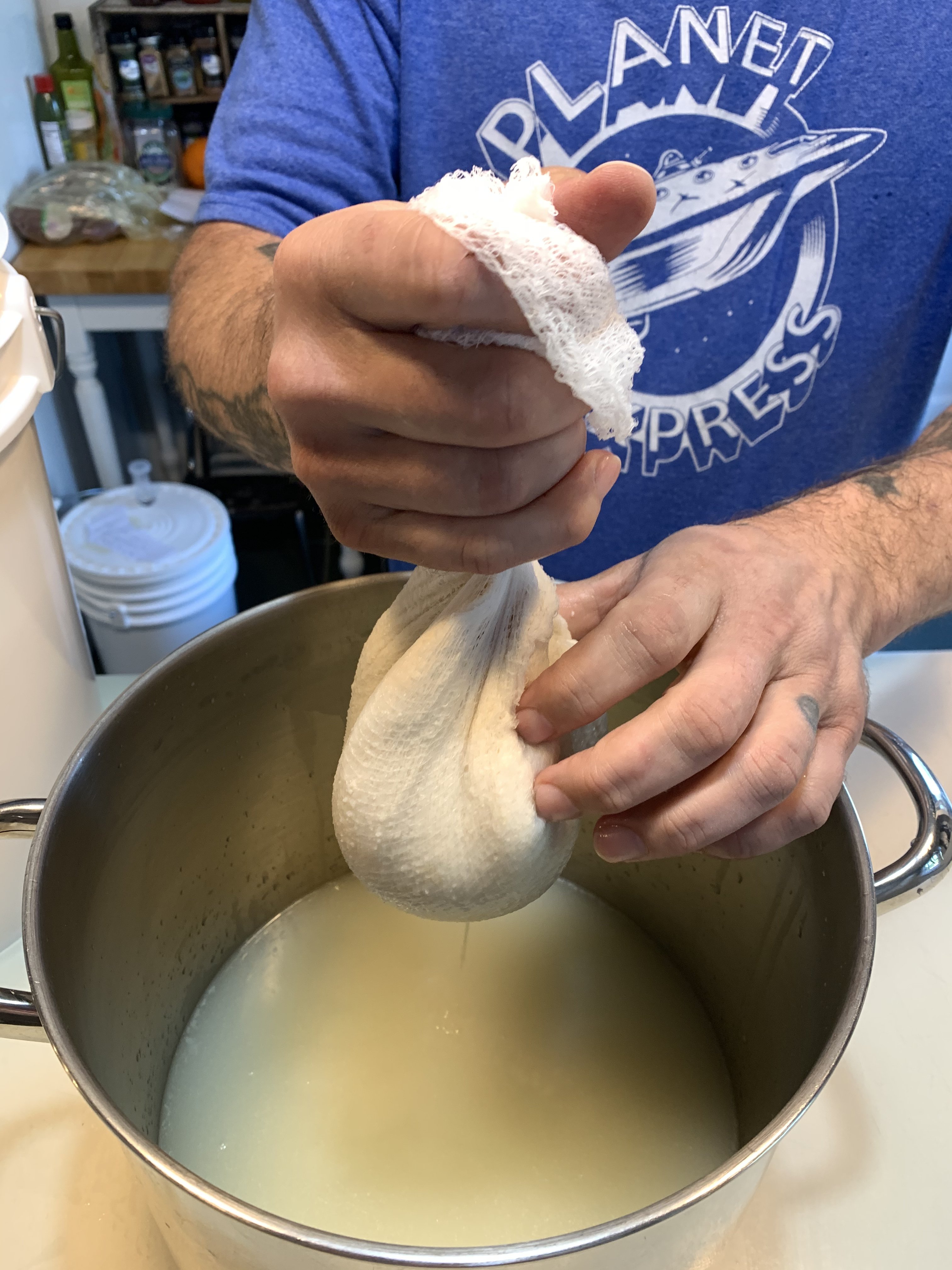
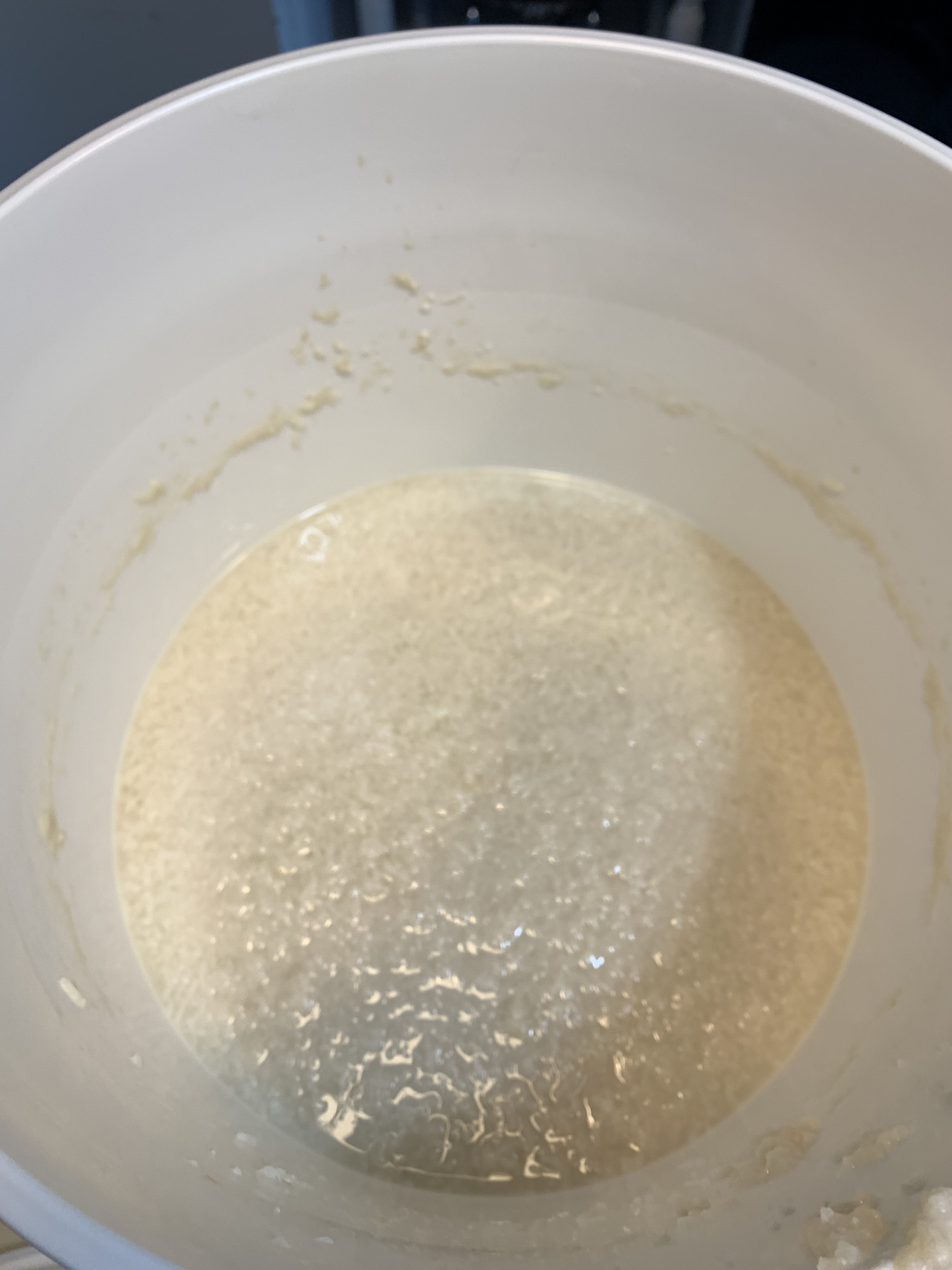
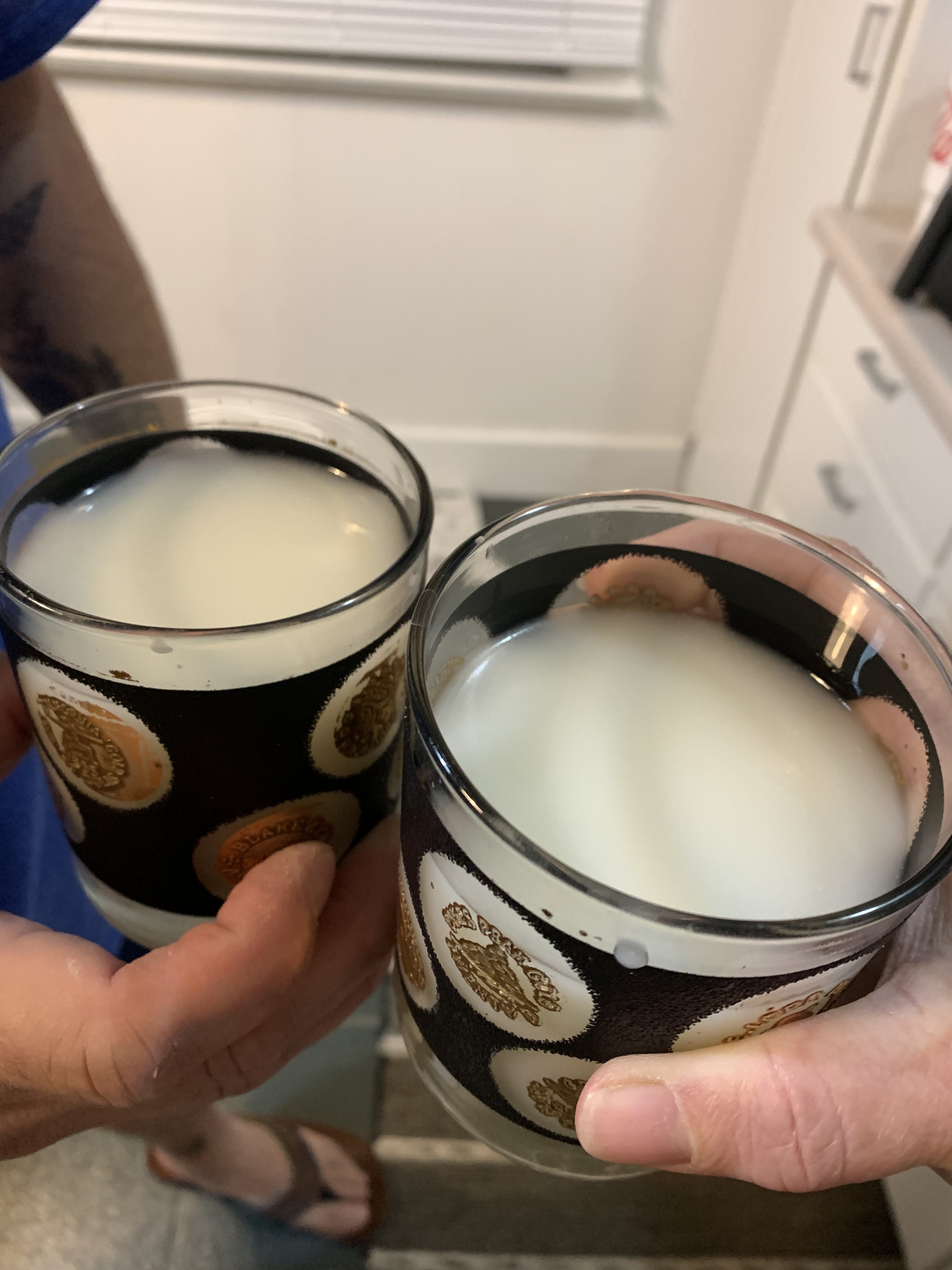







































![Craft A Brew - Safale S-04 Dry Yeast - Fermentis - English Ale Dry Yeast - For English and American Ales and Hard Apple Ciders - Ingredients for Home Brewing - Beer Making Supplies - [1 Pack]](https://m.media-amazon.com/images/I/41fVGNh6JfL._SL500_.jpg)




















